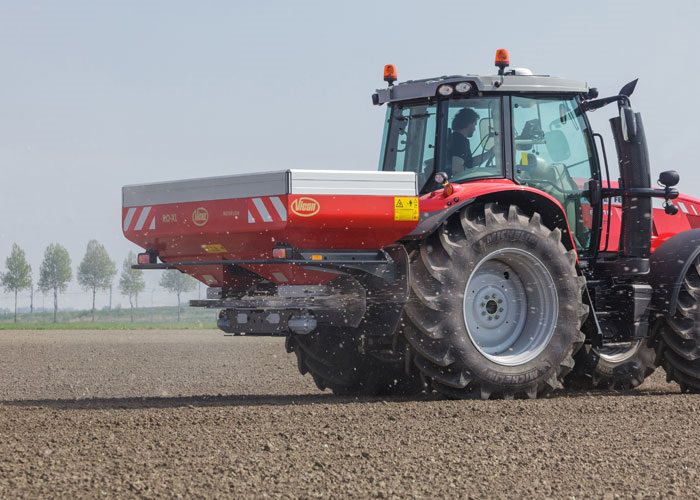
Eric Anderson, Senior Agronomist at Scottish Agronomy
On 14th January 2021, the Scottish Government’s consultation on a national Nitrogen Balance Sheet closes. By March, carbon footprinting in agriculture could see a change in direction. One that has nitrogen use efficiency in the driving seat.
Why? Because the interconnected relationships between nitrogen, carbon, crops and soils have, potentially, a far greater impact on our climate and our environment than that of just carbon, crops and soils.
Nitrogen’s relationships within agricultural production systems are also much more complex and much harder to measure. This doesn’t make them any less important. It is essential that we take the time and effort to do understand how, as an industry, we can quantify nitrogen, its use and effects in agriculture in ways that are both practical and accurate. It’s a critical aspect of reducing our industry’s contribution to climate change.
As greenhouse gas, nitrous oxide has 298 times more global warming potential than carbon dioxide and stays in the atmosphere for an average of 114 years. It is the addition of nitrogen-based fertilisers to agricultural systems that has tipped the balance, increasing microbial nitrogen cycling activity in soils, resulting in the leaching of nitrates into waters and releasing nitrous oxide into the atmosphere.
There’s no doubt the use of nitrogen-based fertilisers has also increased yields and helped millions of people access affordable food. Now the question is, can we transition to reducing inputs, without the world going hungry or reducing farm incomes?
In healthy soils, relatively low nitrogen levels limit microbes’ ability to metabolise carbon compounds, and these are instead excreted by the organism in polymers (called extracellular polymeric substances, or EPS), that can act as a kind of ‘glue’. EPS stabilises the aggregation of soil particles in the environment adjacent to the microbe, improving soils capacity to hold and release water, cycle nutrients and facilitate healthy root growth.
The long-term addition of nitrogen and phosphorous fertilisers causes microbes to burn more carbon for energy, increasing carbon dioxide emissions. Ploughing increases the availability of soil carbon to microbes, further decreasing levels in the soil.
The problem is that as carbon stocks decline, less EPS is produced, and the soil loses its beneficial porous structure. Not only does this hamper the soils’ ability to store and release water, it creates an oxygen poor environment where microbes must utilise nitrogen and sulphur compounds for energy instead. This decreases the availability of these soil nutrients to plants, driving the need for more nitrogen fertilisers and increasing the production of nitrous oxide.
Whilst carbon sequestration may be easy for all to understand, government policy encourages soil organic matter increases. Where there’s poor drainage, poor soil health and/or poor-quality organic matter, the unintended consequences are increased biological activity and nitrous oxide release from soils.
Perhaps, we should consider a different starting point? One that achieves high nitrogen uptake efficiency by the roots of a growing crop, for example? For this to be achieved, growers will be aiming for good soil structure throughout the rotation, not just high organic matter content.